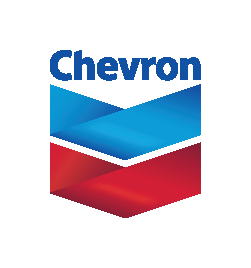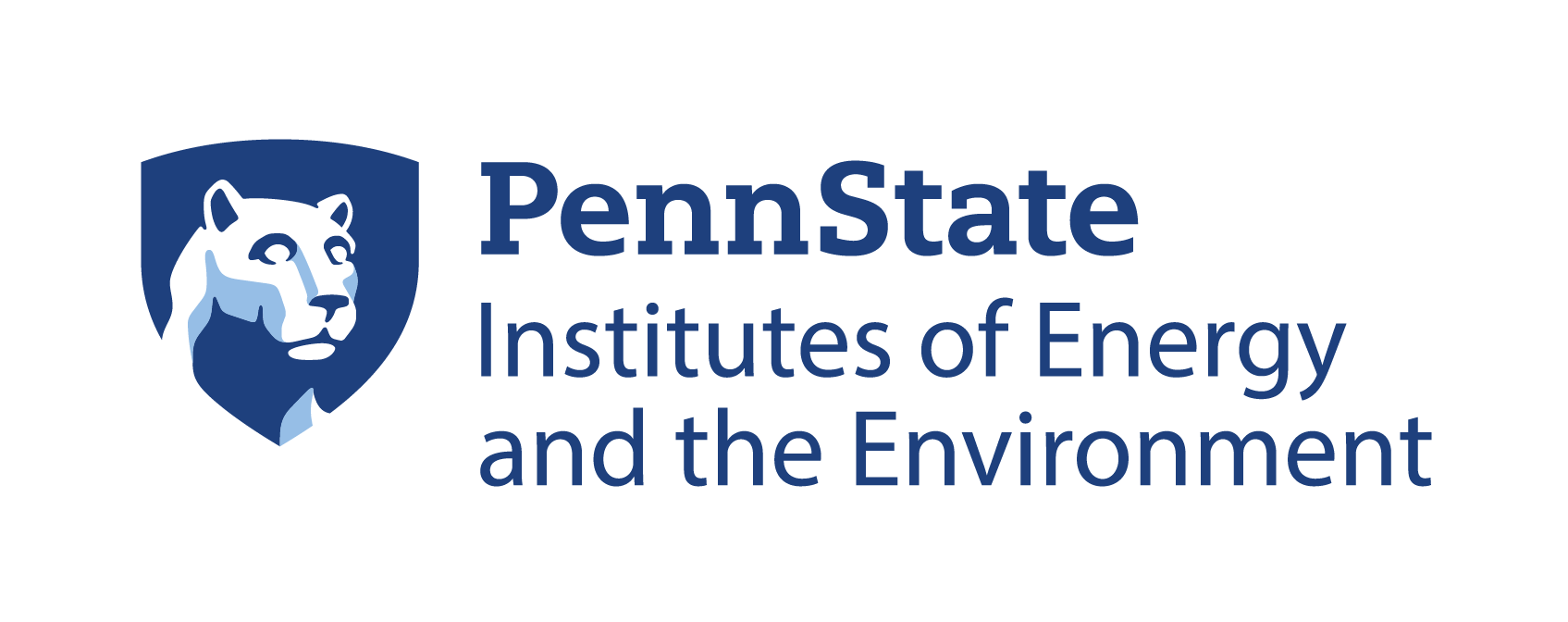Instruction for Authors
General Information
The conference accepts oral and poster presentations, optionally accompanied by an extended abstract in the conference proceedings. Acceptance of contributions for presentation at the conference is based on short abstracts (150-500 words).
Inclusion in the programme requires early registration of the presenting author. As a rule, one oral presentation and one poster presentation is admissible per presenting author. Exceptions might be considered, by invitation. Keynote lecturers are invited to submit another oral contribution with a substantially different topic.
Short Abstracts
Long Abstracts
If your short abstract is accepted, you will have the option to submit an extended paper which will be sent to one of the peer-reviewed journals, Mathematical Geosciences, Computers and Geosciences or Natural Resources Research (consistent with the editorial policies of those journals) to be considered for publication in a special issue of that journal.
All submitted extended abstracts will be shared with conference attendees on a USB drive. This is an optional step and not required for your short abstract to be accepted nor is an extended abstract required if your short abstract for a conference presentation is accepted. Extended abstracts are due on April 29, 2019, should follow the templates provided below, and should be submitted as a PDF.
Long Abstracts are 3-5 pages are submitted in pdf format and need to follow the precise templates provided:
- paper-template.pdf
- paper-template.tex,IAMGconf.sty
- paper-template.docx
- paper-template.doc
- paper-template.odt
Slides
Slides need to be uploaded ahead of the conference in pdf, ppt, pptx, or odp format. For other formats please contact the office with example files way ahead of time. The projectors will use 16/9 format (please check). There will be no slide template provided.
Presentations
All presentations are in English. To ensure a high standard of presentations, please train your presentation before. Standard oral presentations are 14minutes plus 5 minutes of discussion. Allowing for 1min of transition and announcements. Invited speakers will be informed about the length of their slots.
Poster Teaser
Posters
Posters must be in landscape, with a maximum dimension of 36 inches by 46 inches. Larger posters or portrait versions are not acceptable. Poster presenters are expected to: (1) print the poster at their convenience and bring it to the conference, (2) be present at the poster during the poster presentation sessions and (3) provide some A4 or letter printouts of the poster to interested visitors. It is good practice that these A4/letter handouts are readable: if all the text can be read in that small format it will be also comfortably readable in large form on its panel.
A poster must state at least: the title of the contribution, the authors, the e-mail of the corresponding author, the assigned presentation number (session and poster number) in the lower left corner corner and that it is presented at the IAMG 2019 conference. No further format requirements are given. It is also recommended that a photo of the presenting author be included in the lower right corner, such that it would be easy for interested delegates to identify and approach the authors. Velcro will be provided on site to attach the posters to the boards.
Special Issue
A special issue of the journal Mathematical Geosciences (Editor-In-Chief Roussos Dmitrakopoulos) is planned to cover the topics of the IAMG2019 conference and will include additional research both presented and not presented at the conference. Guest editor Dr. Juliana Leung will work with Mathematical Geosciences to select, edit, and publish the special edition.
All authors who submitted to the IAMG2019 conference were welcomed to submit an extended abstract. The deadline for extended abstracts is now closed.
Submitted abstracts will be sent to Dr. Leung and Mathematical Geosciences before the conference begins. The editorial process and timeline will be determined by the journal. Authors will receive notification of acceptance or rejection from the journal directly. IAMG is not involved in the selection, editing, or publication of the journal.
Description of Mathematical Geosciences:
Mathematical Geosciences publishes original, high-quality, interdisciplinary papers in geomathematics and related data science, including: Mathematical models, algorithms and computational frameworks, their implementation aspects, and real-life applications. The journal encourages publications emphasizing new developments, concepts and tools in big data and their analytics, processing, integration and assimilation, computational intelligence, machine learning and data-driven modelling, for studies of the Earth, its natural resources and the environment. Publication of method’s code and datasets demonstrating their application are welcome and available as online supplementary material. Publication of method code and datasets demonstrating application are welcome and are provided as online supplementary material.
This international publication is the official journal of the IAMG. Mathematical Geosciences is an essential reference for researchers and practitioners of geomathematics, related models, algorithms and computing, who develop and apply data science methods and quantitative models to earth science and geo-engineering problems.
- Classical Geostatistics
- Classical Statistics
- Compositional Data Analysis
- Fractal and Multifractal Modeling
- Geohydrology
- Geoinformatics
- Geometry and Topology in Geosciences
- Geophysical Data Processing, Interpretation and Machine Learning
- Geotechnical Engineering
- Coupled Modeling of Food, Water and Energy Systems
- Machine Learning and Optimization Methods
- Marine Geosciences: Coasts and Gateways 1
- Medical geology
- Mining modeling
- Unconventional oil and gas resources modeling
- Pattern Recognition Contributions to Inverse Methods in Geosciences
- Spatiotemporal Geostatistics
- Analysis, Simulation, and Optimization of Subsurface Systems
- Fracture Characterization and Modeling
- Coupling Geomechanics and Flow Systems in Subsurface Applications
- Atmospheric and Earth System Science
- Multiple Point Statistics




